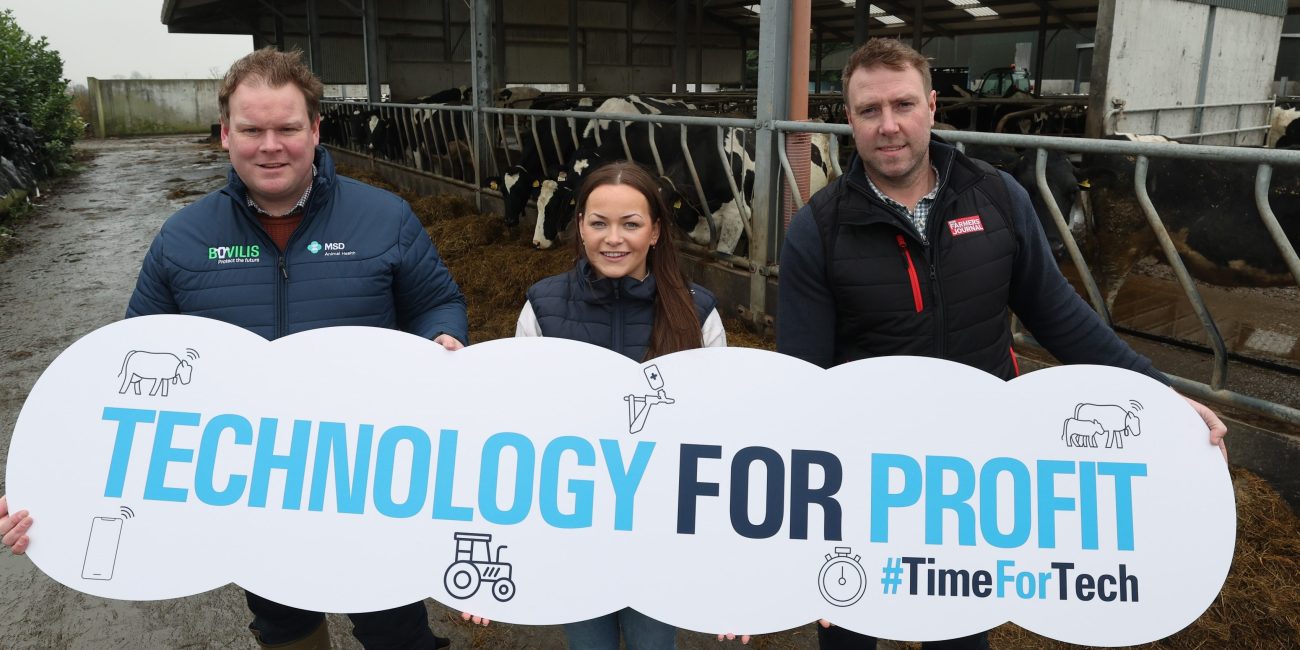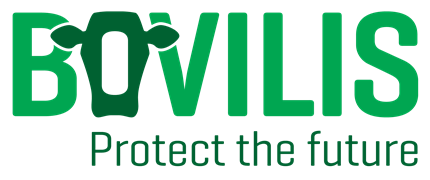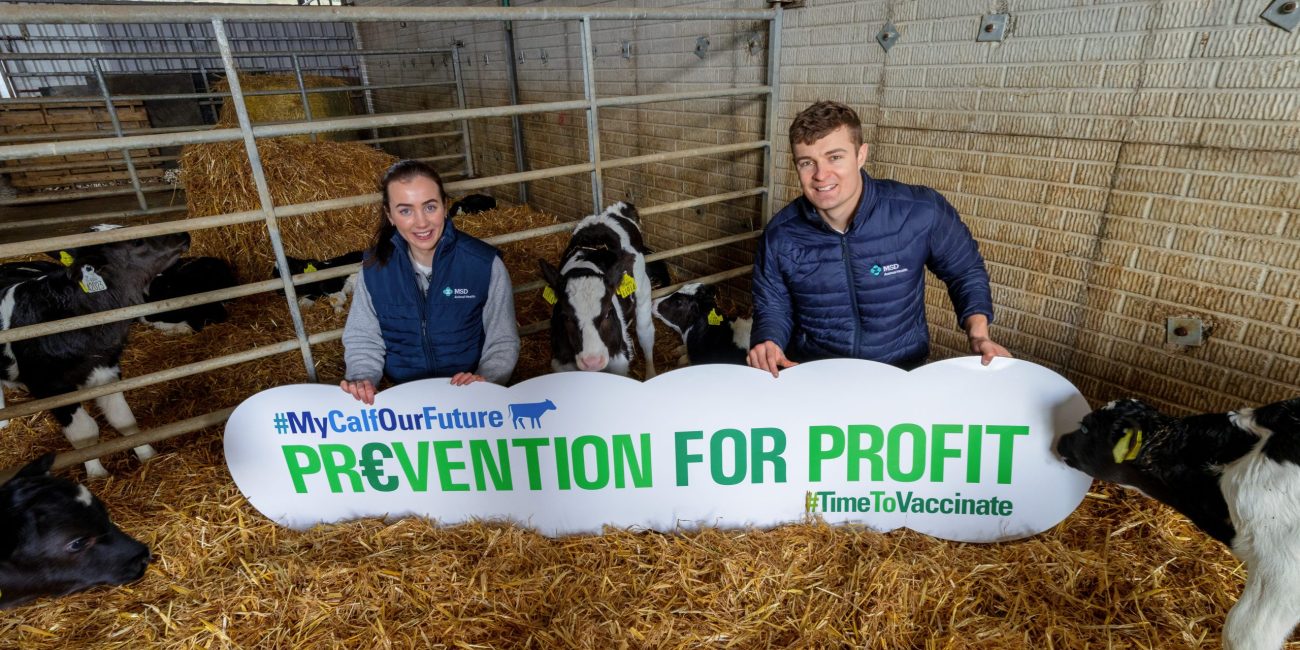
Technology for Profit competition #TimeForTech
We’re looking for Irelands most innovative dairy farmers! #TimeforTech
Following the success of our Prevention for Profit campaign we’re excited to launch the “Technology for Profit” competition for 2025.
Read more about Technology for Profit competition #TimeForTech







